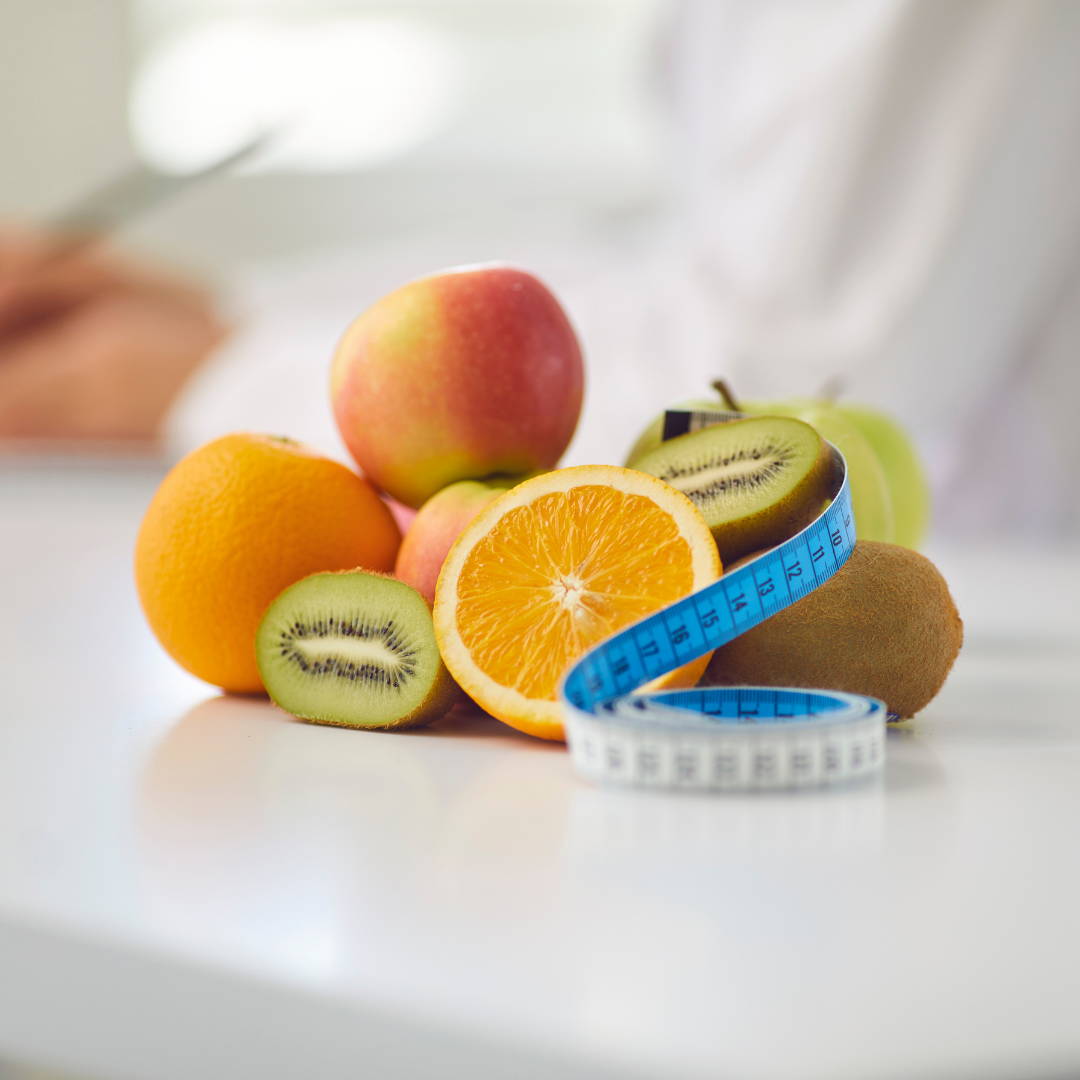Delivery on your desired date:
Storage location
Do you have an account?
Log in to make things go faster at checkout.

People who count their calories do not usually do it for fun. Often the goal is to lose weight, gain weight or build muscle mass. To achieve this, you calculate your personal calorie consumption. To do this, you need your height, weight and gender. The body also consumes calories at rest. If you also do sport, the number of calories burned increases. Depending on your goal, you have to adjust your calorie intake.
When building muscle, you usually eat in a slight surplus, which means you eat slightly more calories than you burn in a day. Weight loss, on the other hand, requires a calorie deficit. In other words, fewer calories are consumed than are burned.
No matter which of the goals you pursue: You want to avoid hidden and unnecessary calories.
Some foods can give the impression of being healthy. Sometimes they are labelled with the words "low sugar" or "low carb". But some of these foods are not as healthy as you might think at first. They may contain little sugar but a lot of sweetener. And just because a product contains little sugar does not mean that it also has few calories.
Hidden calories are found, for example, in foods that seem healthy at first glance, but contain a lot of calories at second glance. These are calories that you are not aware you are consuming.
Unnecessary calories are those that can be easily avoided. For example, many people have got into the habit of drinking a glass of wine every evening in front of the TV. Or they have a glass of cola with dinner. Drinks can quickly add up to a lot of unhealthy calories. If you switch to water, you can quickly reduce your daily calories by a lot. If you don't like plain water, you can add lemon slices, mint, cucumber or a tea bag. This way you can enjoy a low-calorie drink.

If you have problems with too many calories per meal, try drinking a large glass of water before eating. This will prevent you from confusing hunger with thirst. There are also some foods that contain a lot of calories. Look at the nutrition table on most packaging and see what it says. If you are aiming for a deficit, you can focus on lots of vegetables. Properly prepared, they are filling, taste good and contain few calories.
To prevent yourself from deviating from your plans, you could consider meal prepping. This means that once a week you get into the kitchen and prepare all the food for the next seven days. This way, you only have to calculate the calories once and have your fixed portions every day.
Slow and extensive chewing will ensure that you do not overeat your hunger. Sometimes we shovel in our food quickly because we don't have time or we are hungry. But you should always take time for your food. Because the feeling of satiety only sets in after about 20 minutes. If we eat more slowly, we may be just as full after 20 minutes as if we had eaten more quickly.
Our Indian chickpea masala is suitable for everyone who wants to achieve a calorie deficit and get full. The meal convinces with just 404 calories and over 12 grams of protein. As this is a frozen dish, it can be kept in the freezer for several months.
The Beluga Lentil Rice Skillet contains an amazing 739 calories and is great for anyone building muscle and eating in excess. With the lentils you have an excellent supplier of vegetable protein.